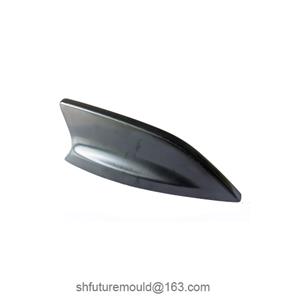What are the Coloring Methods for Injection Molded Products?
Choosing the appropriate coloring method can effectively improve the quality and appearance of products. There are mainly three coloring methods for injection molded products:
1. Compound Dye Coloring
Characteristics: Accurate color, high repeatability, adjustable concentration, suitable for small to large-scale production.
Principle: The dye is directly mixed with the molten plastic, and the dye molecules are evenly dispersed in the plastic to achieve the coloring purpose.
Advantages: Bright color, uniform color, and wide color spectrum.
2. Masterbatch Coloring
Characteristics: Diverse colors, low cost, and easy operation.
Principle: Pigments or dyes are evenly dispersed in a carrier resin to form a masterbatch, then mixed with the plastic.
Advantages: The masterbatch has good stability, is not easy to fade, has good dispersibility, and the coloring effect is uniform.
3. Dry Pigment Coloring
Characteristics: Lowest cost.
Principle: Dry pigments are directly mixed with plastics.
Advantages: Low cost.
Factors Affecting the Coloring Effect of Injection Molded Products:
Resin Type: Different resins have different pigment affinities, affecting the coloring effect.
Pigment Type: Different pigments have different coloring power, dispersibility, light resistance, and other properties.
Coloring Amount: If the coloring amount is too small, the color is not bright enough; if it is too much, it is easy to cause color differences.
Processing Technology: Injection temperature, injection pressure, and screw speed can all affect the coloring effect.
- Injection Mold
- Automotive Injection Mold
- Electronics & Electrical Injection Mold
- Consumer Goods Injection Mold
- Airplane Components Injection Mold
- Medical Components Injection Mold
- Irrigation Components Injection Mold
- Injection Molds




